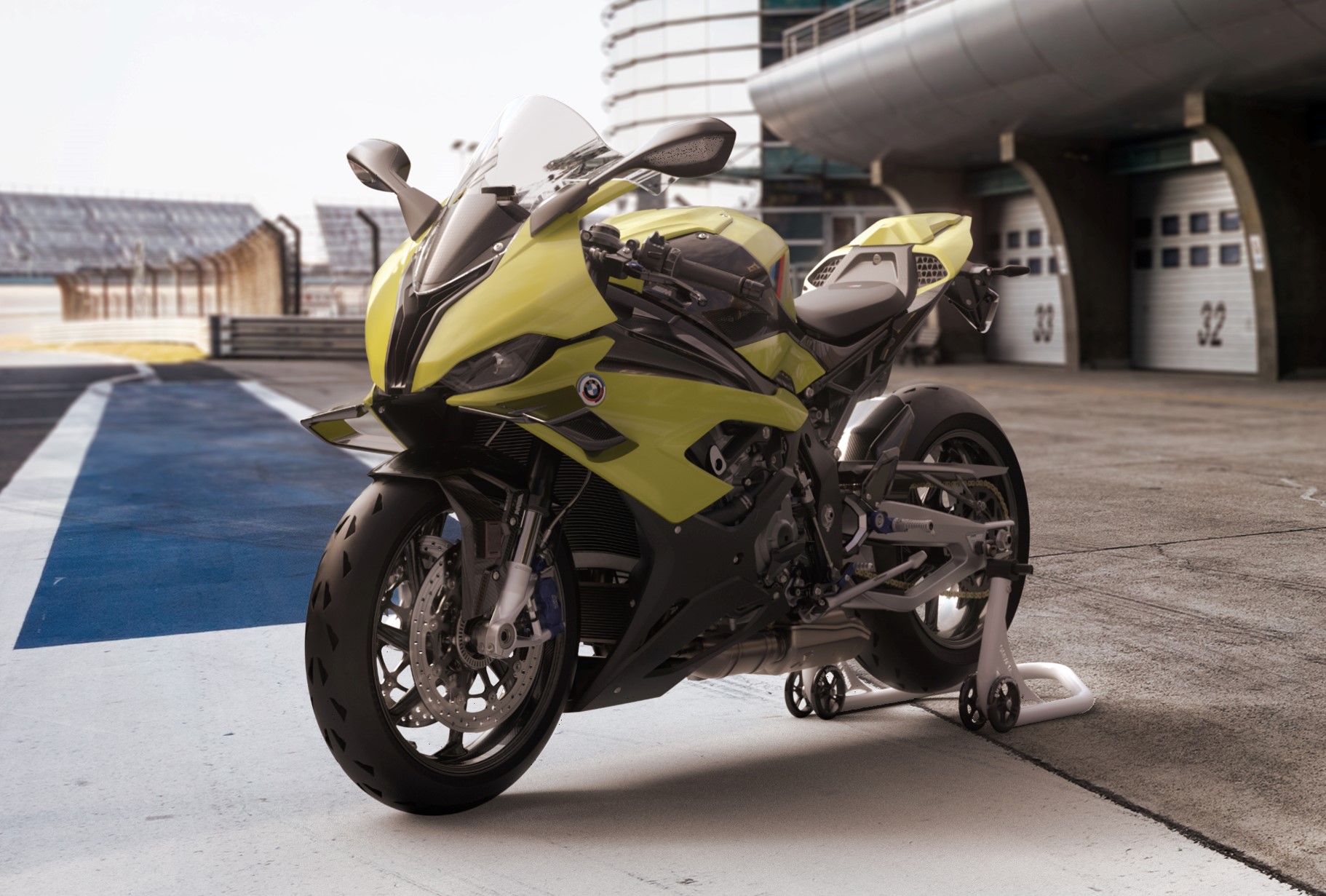There’s precious little that you can do to a bike to make it worth denoting with an M badge.
It took 48 years for BMW to put an M badge on a motorbike.
The company established its motorsport division 50 years ago, and if you didn’t know that already, it’s something that BMW will regularly remind you about throughout 2022.
But while M worked on racing cars straight away and produced the BMW 3.0 CSL (Coupe Sport Light) race car a year later in 1973, BMW didn’t put M on a motorbike until 2020.
They called it the M 1000 RR and, like a typical M car, it used a more standard BMW vehicle as a basis: the S 1000 RR sports bike.
It was genuinely race-inspired. BMW competes in the Superbike World Championship, and parts on the road bike – most notably, I think, a stronger engine that’s more reliably and easily tuned – were fitted to it necessarily, because they translate to the racer.
The M 1000 RR offers 156kW in road form, just 4kW more than the standard S 1000 RR. But race bikes with this stronger base engine will be tweaked for 186kW or more.
As a result, the M 1000 RR costs more than $50,000, despite what look like modest equipment gains over lesser models in the range.
Anyway, now there’s a 50th anniversary special version, the comprehensively named M 1000 RR 50 Years M. A limited edition, it comes in the same São Paulo Yellow as the latest BMW M4 coupé and has an M Competition package (you will find those offered on road cars, too) fitted as standard.
What I’m intrigued by, though, is why BMW spent 48 years deciding it didn’t really need to bother applying the M division badge to its bikes, even while it was setting lap records at the Isle of Man TT in the 1970s and winning the Dakar Rally four times in the 1980s.
And the short of it is, I suppose, that there’s less for a specialist division to do to a bike. An M car is fast as standard and driver-focused, might be good on track and is perhaps lighter than the regular model range. Pretty much any bike is even purer than that.
And thanks to comfort and crash and emissions legislation, BMW cars have needed M division’s work to keep them comparatively trim (ish) on the scales.
Matt Prior





